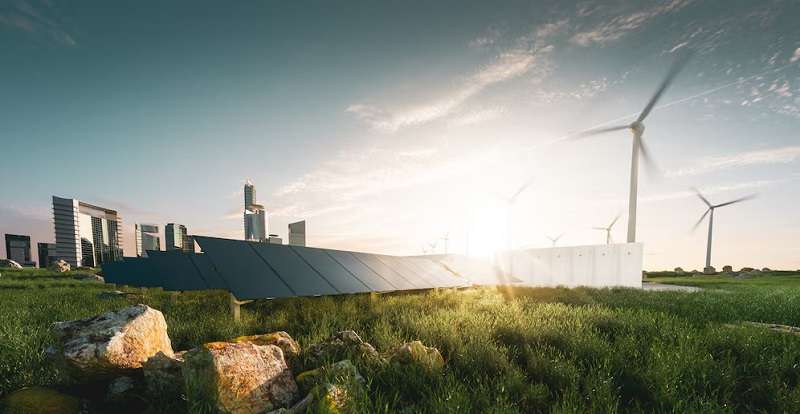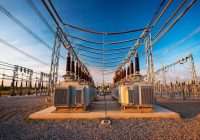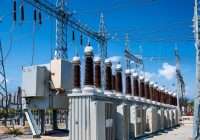Imagine a world where electricity sources do not pollute the environment, vehicles operate without relying on fossil fuels, and the air remains clean. This is the grand vision of green energy, a sustainable and environmentally friendly solution for the future. Experts are continuously developing innovations to replace conventional energy sources that harm our planet.
Green energy technology not only reduces dependence on fossil fuels but also opens new opportunities in industries and human lifestyles. Curious about the technologies that will transform the world? Here are five green energy innovations you should know about!
1. Next-Generation Solar Panels: More Efficient and Flexible
Solar panels are not new, but their technology continues to advance. The latest innovations improve efficiency and expand their applications to areas previously difficult to reach.
- Transparent solar panels allow windows to generate electricity without blocking natural light. This enables skyscrapers to become their own power generators without altering architectural designs, also offering regular homes passive energy benefits.
- Flexible solar panels can be installed on electric vehicles, smart clothing, or even smartphone screens for automatic charging. Their lightweight and flexible design makes installation easier on various surfaces, improving durability and efficiency.
- Tandem solar cell technology boosts sunlight-to-electricity conversion efficiency to 30%, significantly higher than conventional panels. This means the same amount of energy can be produced with fewer panels, reducing land requirements for large-scale solar farms.
2. Eco-Friendly Batteries: Longer Energy Storage
What good is green energy if it cannot be stored efficiently? Future battery technology enables larger and longer-lasting energy storage.
- Solid-state batteries are safer and more durable than the lithium-ion batteries used today. They also have a lower fire risk because they do not use flammable liquid electrolytes, reducing electronic waste.
- Sodium-ion batteries are gaining traction as they are cheaper, more abundant, and reduce the environmental impact of lithium mining. Since sodium is widely available, these batteries could become a more affordable and sustainable energy storage solution.
- Water-based energy storage is being developed to provide large-scale electricity reserves without hazardous chemicals. These batteries use electrochemical reactions in water, making them more environmentally friendly and easily recyclable while reducing dependence on expensive and scarce metals.
3. Green Hydrogen: The Clean Fuel of the Future
Many countries are actively developing green hydrogen as the fuel of the future, producing it without carbon emissions.
- Electrolysis of water using renewable energy, such as wind and solar power, generates green hydrogen without contributing to air pollution. As technology advances, the cost of green hydrogen production continues to decrease.
- Green hydrogen can power vehicles without emitting harmful pollutants—only water vapor as a byproduct. With fast refueling times comparable to fossil-fuel-powered cars, green hydrogen presents an eco-friendly transportation solution with a longer range than battery-powered electric vehicles.
- Green hydrogen can replace natural gas in heavy industries such as steel and cement production, which are difficult to electrify. These industries contribute significantly to carbon emissions, so transitioning to green hydrogen can drastically reduce their environmental impact. Leading nations are investing in hydrogen infrastructure to accelerate this shift.
4. Floating Wind Turbines: Harnessing Ocean Energy
With limited land for wind turbines, why not tap into the vast oceans? Floating wind turbine technology addresses this challenge by bringing power generation to deep waters.
- Floating wind turbines can be installed in deep seas, where winds are stronger and more consistent than on land. This ensures more stable and maximum electricity production year-round, while also minimizing the impact on local ecosystems.
- More efficient than conventional wind turbines, as they do not require massive seabed structures. This makes them more adaptable for various locations without disrupting marine habitats, and maintenance costs are lower since seabed dredging is unnecessary.
- Countries like Norway and Japan have begun constructing floating wind turbines to meet national energy demands. With government support and significant investments, this technology is becoming more cost-effective. If widely adopted, floating wind turbines could be a key solution for global green energy.
5. Advanced EV Charging Stations for a Greener Future
As electric vehicle adoption rises, the demand for fast and efficient EV charger stations is becoming more urgent.
- Ultra-fast charging stations can fully charge electric vehicles in minutes instead of hours. This advancement makes electric vehicles as convenient as gasoline-powered cars, accelerating global EV adoption.
- Solar-powered EV chargers enable charging without relying on the main electrical grid, making them more environmentally friendly. By utilizing solar energy, operational costs are lower, and environmental impact is minimized. This also provides charging solutions for remote areas without robust electrical infrastructure.
- Wireless charging technology is being developed, allowing electric vehicles to charge simply by parking over a charging pad. This eliminates the need for cables and plugs, making charging more practical. If widely implemented, this innovation will make EV charging seamless and highly efficient.
The Future of Green Energy Is in Our Hands
Green energy technology continues to evolve, bringing new hope for a cleaner and more sustainable world. From advanced solar panels to green hydrogen, these innovations will transform how we use energy in the future.
As part of this transformation, efficient EV charger stations will play a crucial role in the transition toward green energy. Bambang Djaja, one of the leading transformer manufacturers, is ready to support green energy infrastructure with high-quality products.
The future of energy is in our hands. Are you ready to be part of this change? Contact us now to learn how our solutions can power a greener tomorrow!







